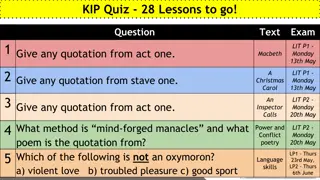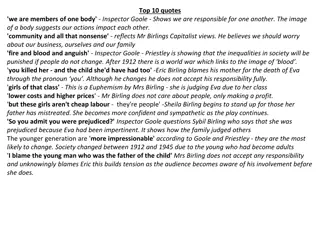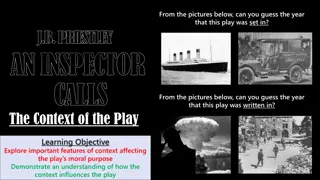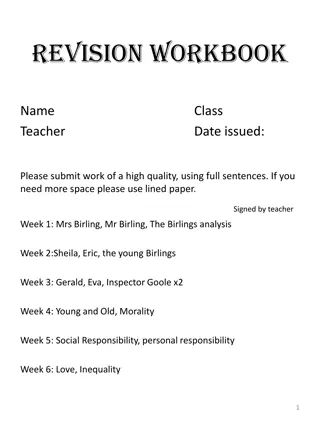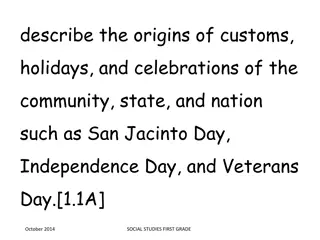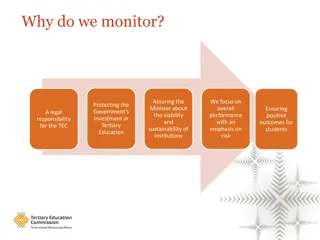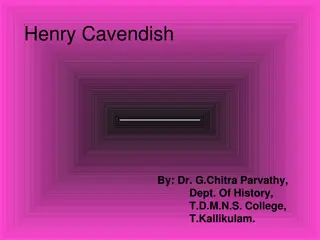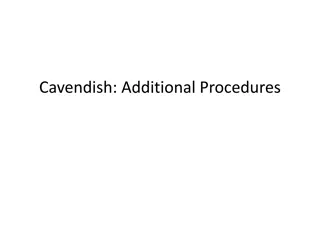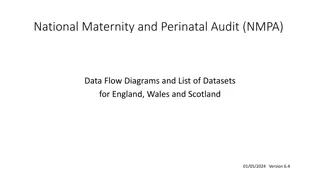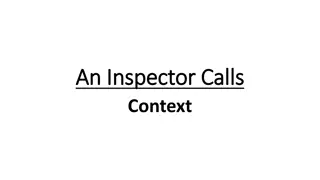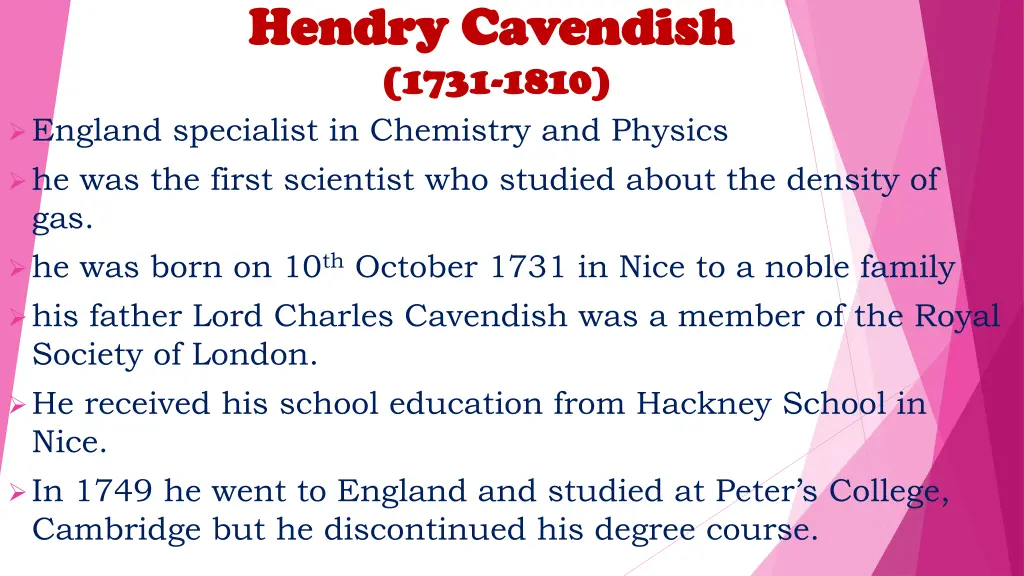
Discoveries and Contributions of Hendry Cavendish and Josephy Priestley
Learn about Hendry Cavendish and Josephy Priestley, two renowned scientists in the fields of Chemistry and Physics. Cavendish, known for studying gas density and discovering hydrogen, made significant contributions to science, while Priestley, a contemporary of Cavendish, focused on pneumatic chemistry and discovered oxygen. Explore their lives, achievements, and impact on scientific progress.
Download Presentation

Please find below an Image/Link to download the presentation.
The content on the website is provided AS IS for your information and personal use only. It may not be sold, licensed, or shared on other websites without obtaining consent from the author. If you encounter any issues during the download, it is possible that the publisher has removed the file from their server.
You are allowed to download the files provided on this website for personal or commercial use, subject to the condition that they are used lawfully. All files are the property of their respective owners.
The content on the website is provided AS IS for your information and personal use only. It may not be sold, licensed, or shared on other websites without obtaining consent from the author.
E N D
Presentation Transcript
Hendry Hendry Cavendish Cavendish (1731 (1731- -1810 England specialist in Chemistry and Physics he was the first scientist who studied about the density of gas. he was born on 10thOctober 1731 in Nice to a noble family his father Lord Charles Cavendish was a member of the Royal Society of London. He received his school education from Hackney School in Nice. In 1749 he went to England and studied at Peter s College, Cambridge but he discontinued his degree course. 1810) )
In 1760 he elected as fellow of the Royal Society of London. He spent several years to know Inflammable Air (Hydrogen) and Fixed Air (Carbon-di-oxide) He published his experiments on Factitious Airs published in the Journal of Royal Society in 1766. he earned the Royal Society's Copley Medal for this paper. His another paper entitle Experiments in Air published in 1784. In 1798 he published Experiments to Determine the Destiny of the Earth
Nature of Hydrogen Colourless Highly flammable light in weight Hydrogen is used in Hydrogen Peroxide which is used as an antiseptic
Josephy Josephy Priestley Priestley 1733-1804 Contemporary scientist of Hendry Cavendish He was specialised in the field of Chemistry and Physics he lost his mother when he was in six years old. he earned his school education from Parish school in Bristol he learned Greek, Hebrew and other classical languages in 1764 he got Doctor of Law
He had friendship with Benjamin Franklin with the support of Franklin Priestly wrote the book 'History of Electricity' in 1767. he discovered that only water and metal can conduct electricity. he was tutor at Warrington in a college in 1770 he concentrated on ' penumatic chemistry' his main work 'Copley Medal' was presented in Royal Society of London.
Role of air He was the first produced Oxygen on 1st August in 1774 He discovered oxygen(O2) Oxygen also called as life-giving gas He was born at Bristol in Yorkshire (England)
Invented Soda Water (infusion water with Carbon dioxide) CO2 or Carbon di oxide is the most important ingredient of the soft drinks it gives sour taste and it gives sound when bottle is opened.

